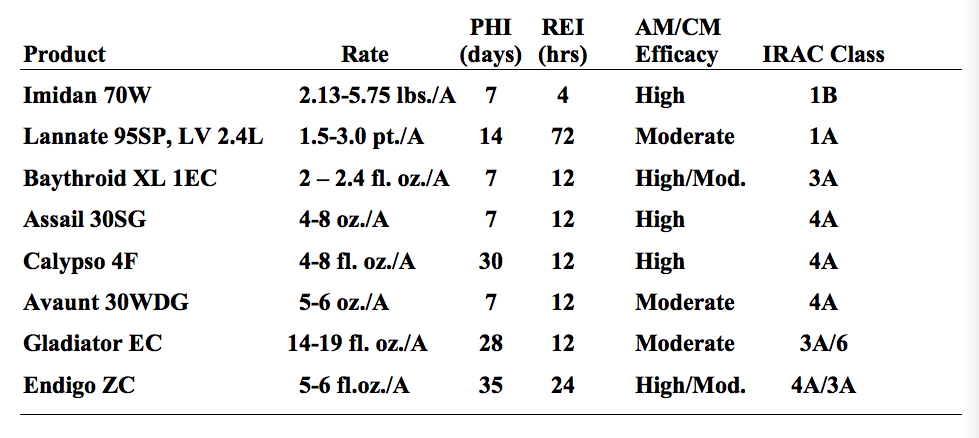
Apple Maggot (AM),Rhagoletis pomonella (Walsh), occurred over the weekend July 6th with a single fly captured on 1 of 4 baited red sticky spheres in a block known for moist soil conditions and high AM pressure.
Recent rains in late June and July have provided optimum conditions for Apple Maggot adult emergence. Our second capture on July 14 captured only a few captured AM flies on red spheres with lure, indicating the attraction of the adult fly to mature apple. As this was our second week of captures early varieties should be monitored with oviposition stings indicating the need for management to prevent AM egg laying. Although we have yet to reach AM threshold of 5 flies per trap, early maturing varieties, especially Ginger Gold, are vulnerable and likely to begin seeing injury this week.
The red spheres are very attractive to mature adult female AM flies, ready to oviposit. From work done by Chapman and Link, the apple maggot will first infest early apple varieties, moving to later maturing varieties as the season progresses. Summer and early fall maturing varieties are particularly vulnerable, with thin skinned sweet and sub-acid varieties being most susceptible. These fruit should be protected upon trap threshold as they will be infested this week if emergence builds throughout the region.
Materials for management of the apple maggot should be selected to also be effective at controlling the codling moth (CM) as it emerges this week. CM eggs are slated to hatch during the middle of the season shortly after the beginning of the second flight, occurring on Monday, 13 July.
Insecticides effective against both AM & CM include:


